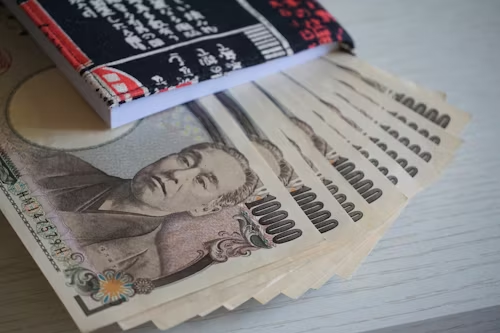Japan took centre stage in uncertainty as Prime Minister Sanae Takaichi's cabinet approved a $135 billion stimulus package, kicking off her administration's aggressive expansionary fiscal policy debut. Risk exploded as Japan's deteriorating fiscal sustainability pushed the yen to 10-month lows and sent super-long government bond yields to record highs, once again threatening the foundations of the decades-long yen carry trade. Takaichi's fiscal profligacy might induce a dangerous feedback loop: the massive stimulus requires additional bond issuance beyond last year's 6.69 trillion yen, weakening the yen and forcing the Bank of Japan toward tighter monetary policy to control inflation and restore credibility. This policy collision between expansionary fiscal measures and monetary tightening has transformed the Japanese yen from a traditional safe-haven currency into a barometer of global market nightmare, with each equity market dip strengthening the yen as carry trades unwind.
EQUITY
Wall Street turned sour after a dramatic intraday reversal where tech stocks opened higher but ended lower, while labour data reported strong job additions but rising unemployment. The risk-off play was out of sentiment contrary to initial optimism from strong corporate earnings. Walmart performed with 6.5% after raising its annual forecast for the second time this year and announcing its move to a Nasdaq listing in December.
GOLD
Gold prices retreat to around $4,025, heading for a weekly loss once strong jobs data battered expectations of another Fed rate cut in December. Bets are only at a 35% chance of a rate cut, down from 60% earlier in the month. Though the dollar has been less prominent in gold's valuation, slowing demand has started to reel in the correlation. Consequently, investor sentiment shifted, contributing to gold’s retreat and a slight drop in ETF holdings.
OIL
Brent and WTI benchmarks are heading for weekly losses of nearly 3% in a third consecutive losing day, with the U.S.- and Russia-backed peace deal in Ukraine, which has served as the main price risk since early 2022. Meanwhile, the Trump administration’s proposal to expand offshore oil drilling, including in protected Pacific and Gulf regions, provoked political and environmental backlash but added to oversupply concerns.
CURRENCY
The dollar held steady above 100 even when job growth, rising unemployment, and weak wage gains failed to clarify the Federal Reserve’s path on December interest rates. The yen moved higher after Japanese officials hinted at possible intervention to counter speculative sell-off, though it remained near a 10-month low against the dollar.














